For anglers targeting pike, a float can provide a highly visual and satisfying way to witness a bite. This float rig is designed for simplicity while offering exceptional sensitivity, making it a great choice for catching these predators.
Pike float rig setup
To set up this rig, adjust the depth so the float appears just above the surface. This configuration ensures maximum sensitivity to even subtle bites, which may cause the float to pull under if the pike moves off or lay flat if the bait is picked up. The rig is compatible with a variety of deadbaits, making it versatile for different fishing conditions.
PIKE FISHING REQUIRES STRONG, ROBUST TACKLE! CHECK OUT THE BEST FISHING REELS TO TAME THEM.
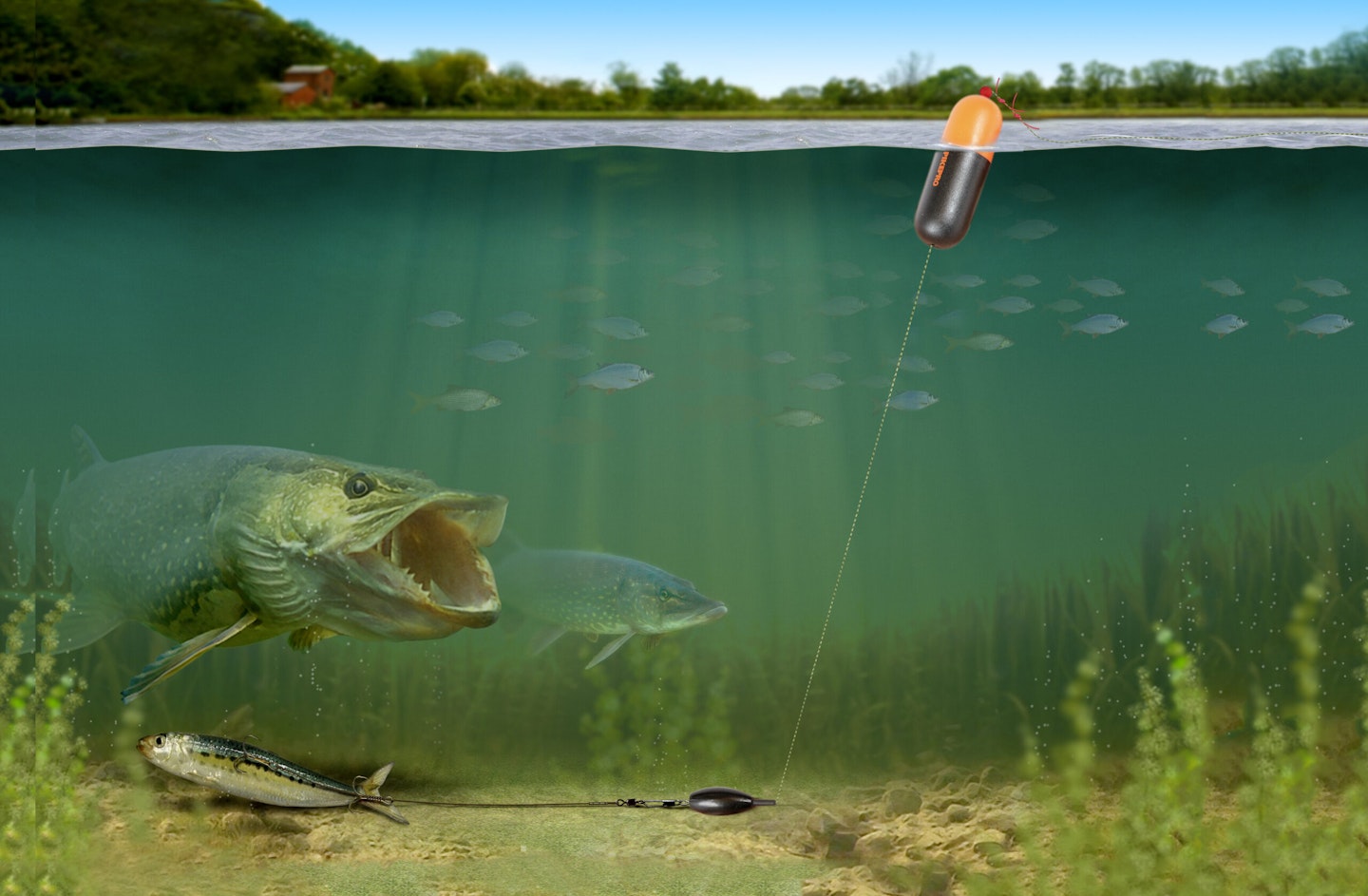
The right gear
It's essential to use the right rod, a powerful reel loaded with heavy braided or nylon mainline to handle the power of pike. This also helps prevent line breakages if you become snagged, as you can bend the treble hooks out, eliminating any chance of a fish picking up a live, snagged rig. A minimum of 45lb braid is recommended.
PIKE ARE GREAT TO CATCH ON LURES, CHECK OUT OUR GUIDE TO THE BEST LURES FOR PIKE FISHING.
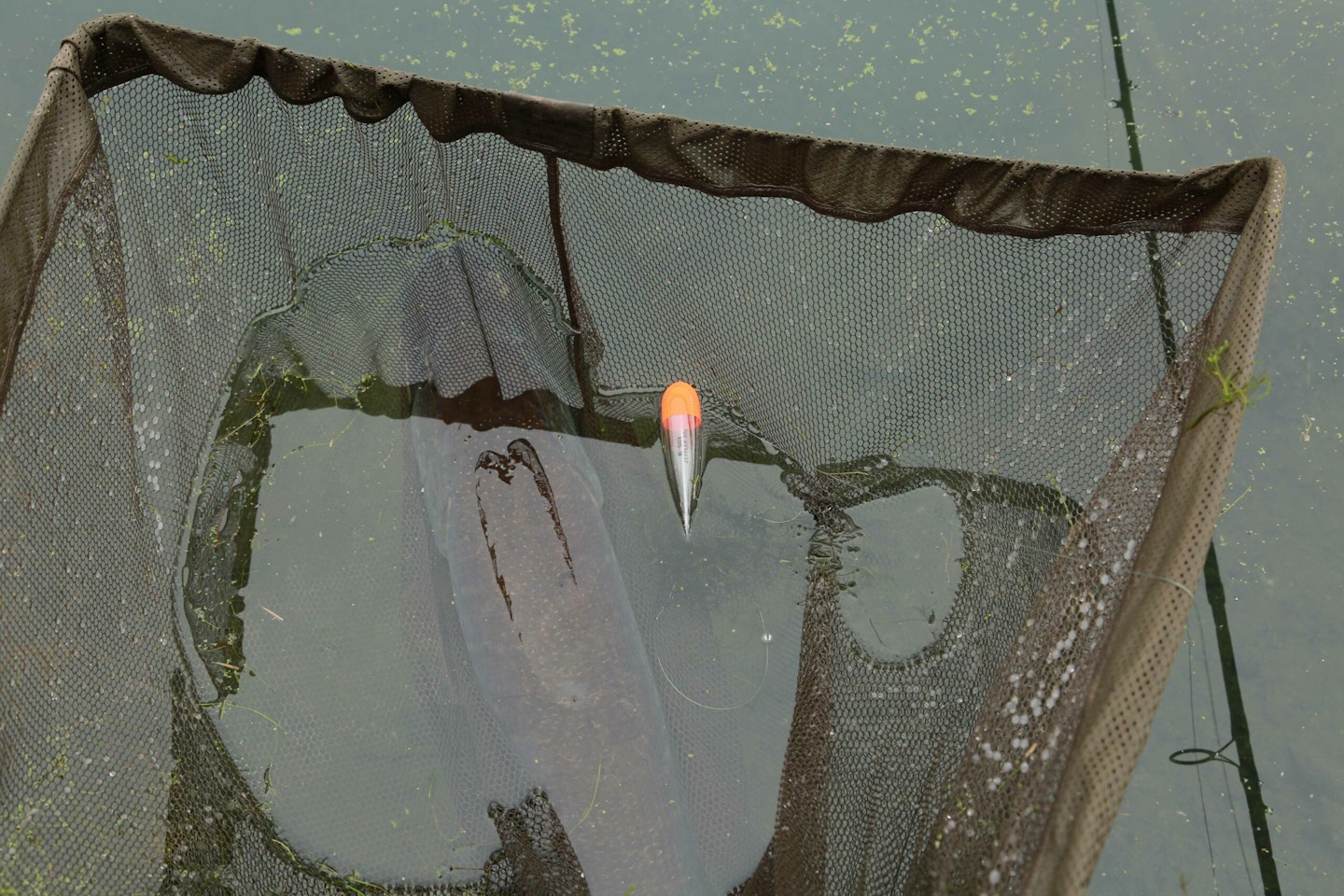
A versatile rig
The rig's clip swivel feature adds to its versatility. When you arrive at a new swim, you can simply unclip the trace, and cast the rig around different swims without worrying about snagging. Simply adjust the stop knots to set the desired depth and then clip the trace back on before casting.
How to tie the pike float rig
Thread the Fluoro Bead

Start by threading a 7mm fluoro bead onto your braided mainline.
Attach the Dumpy Slider Float
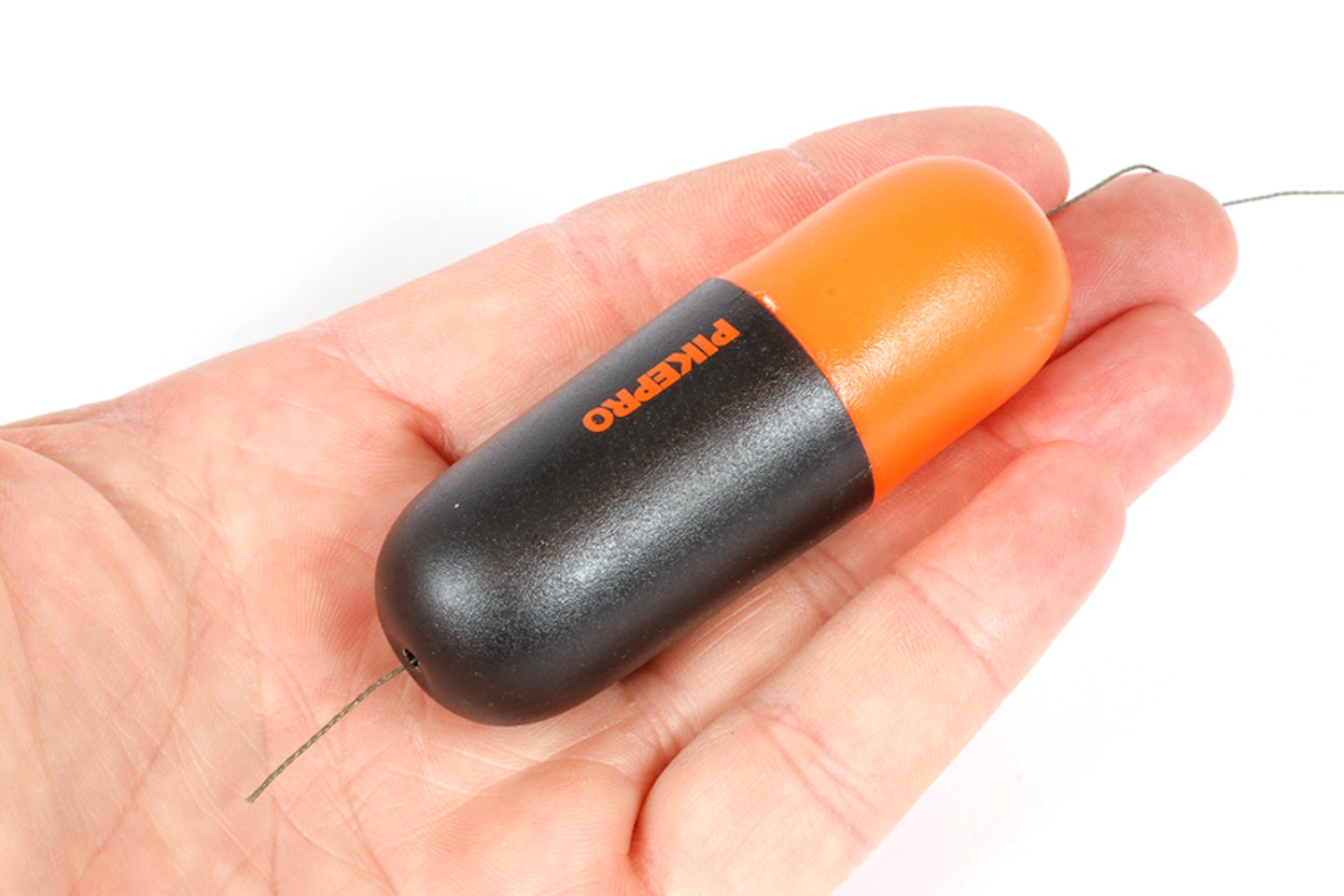
Thread the dumpy slider float onto the mainline, ensuring you use the smallest size possible for optimal sensitivity.
Add the Float Weight
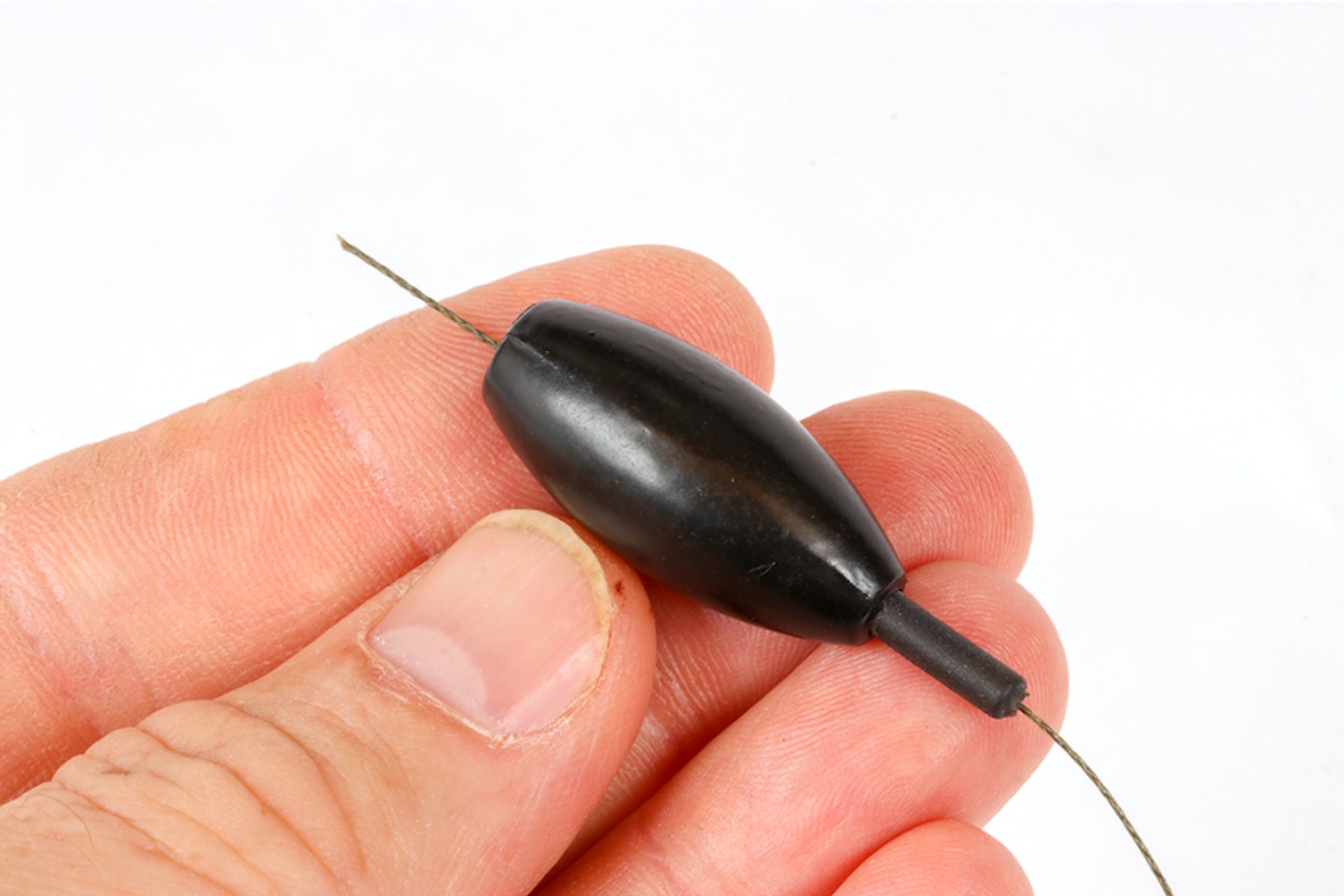
Thread the float weight onto the mainline. The weight should be heavy enough to sink the float.
Tie the Safety Link Swivel
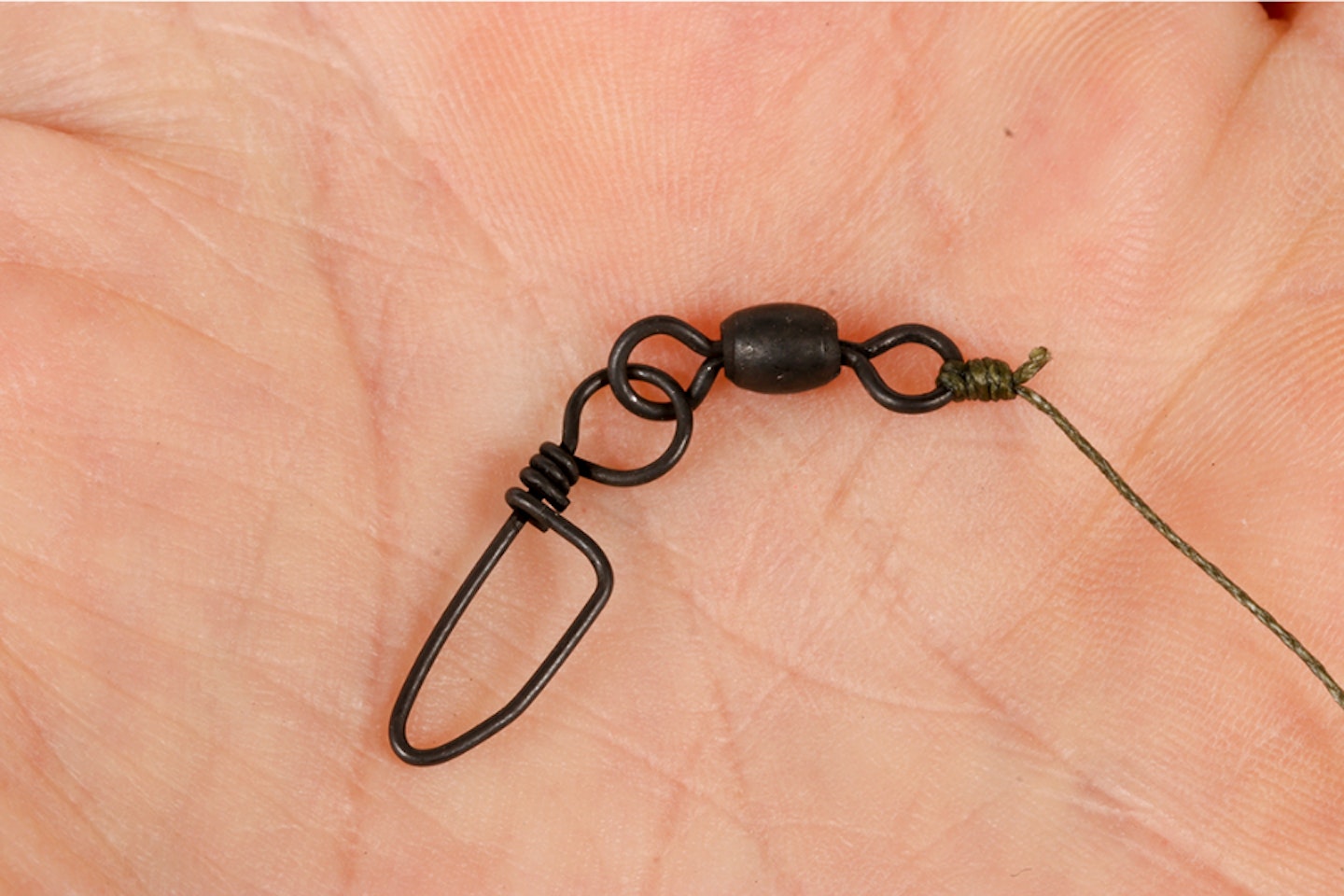
Attach a safety link swivel to the mainline braid using a four-turn grinner knot.
Secure the Float Weight
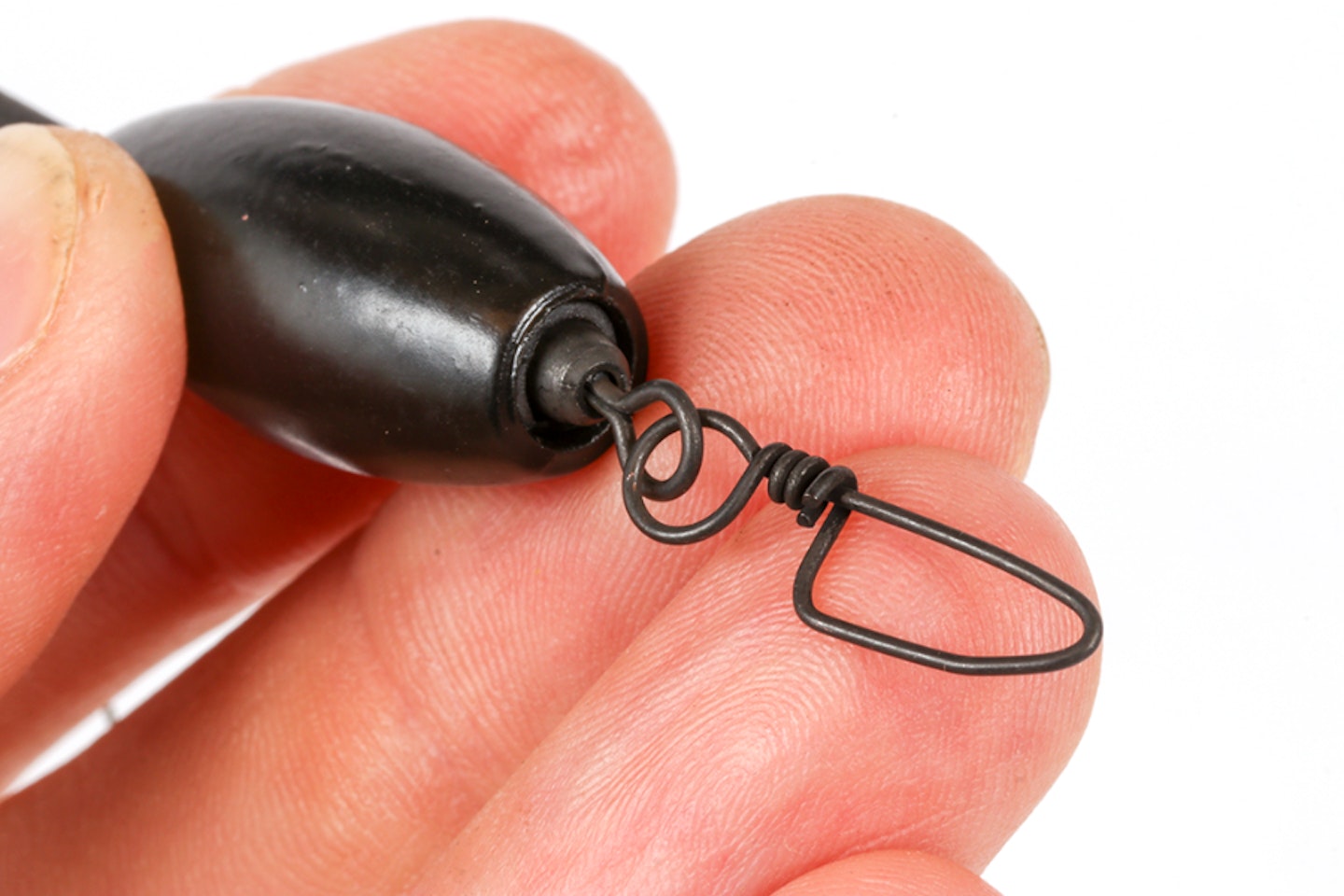
Pull the float weight onto the barrel of the swivel to semi-fix it in place.
Add Stop Knots
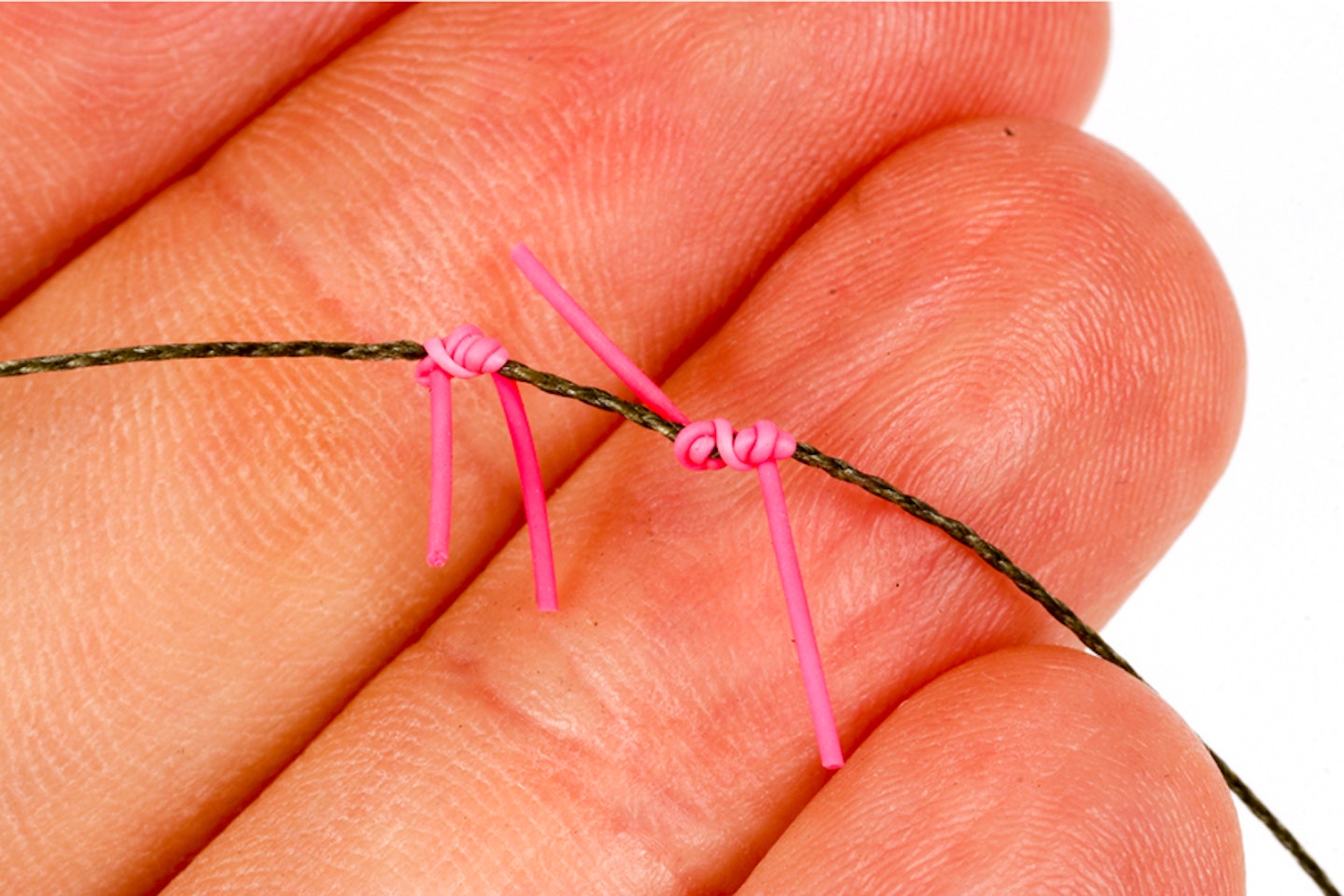
Tie two small stop knots above the fluoro bead and trim the ends to approximately 10mm.
Adjust Depth
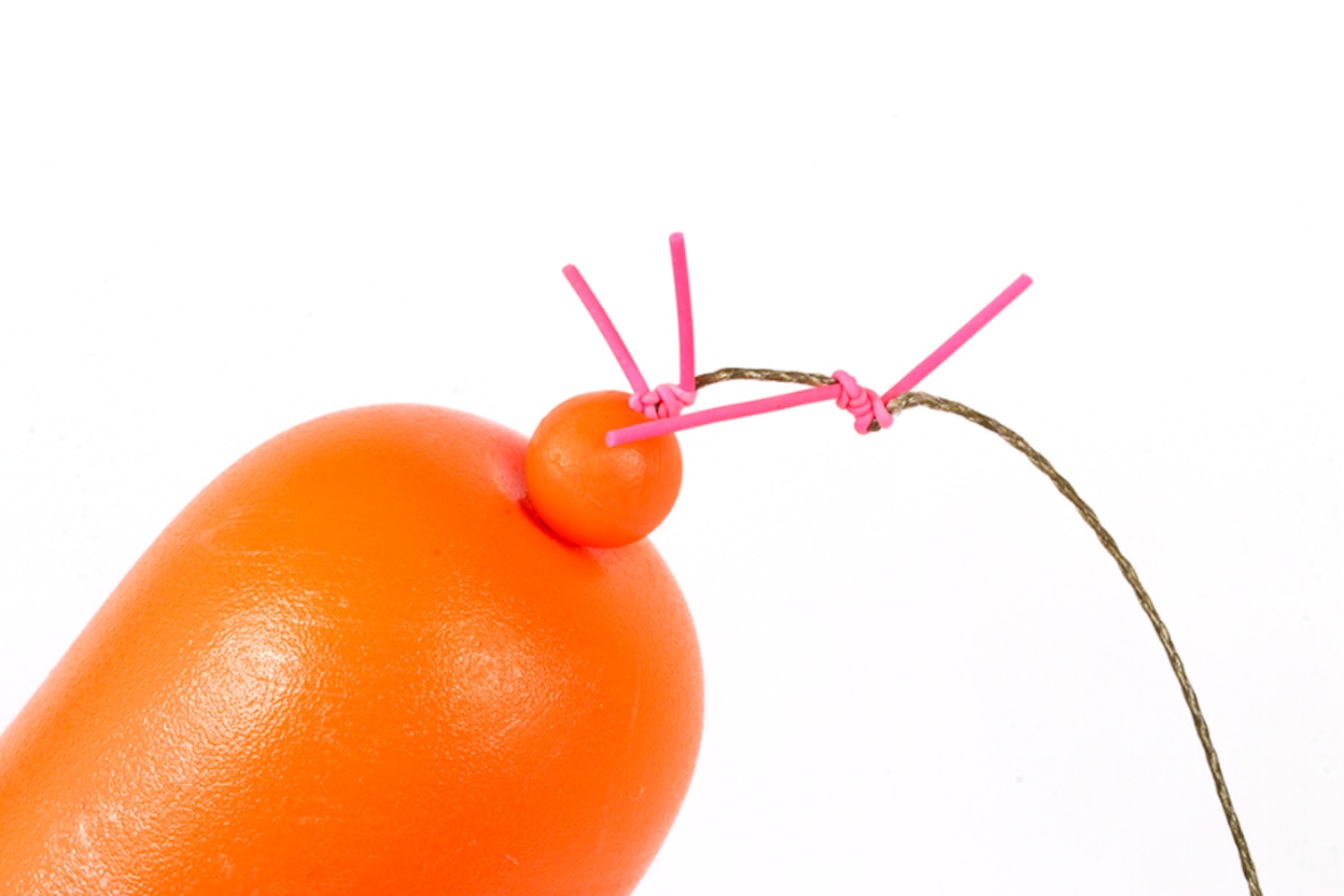
Adjust the position of the stop knots to ensure the weight settles on the bottom while the float appears just on the surface.
Attach the Trace
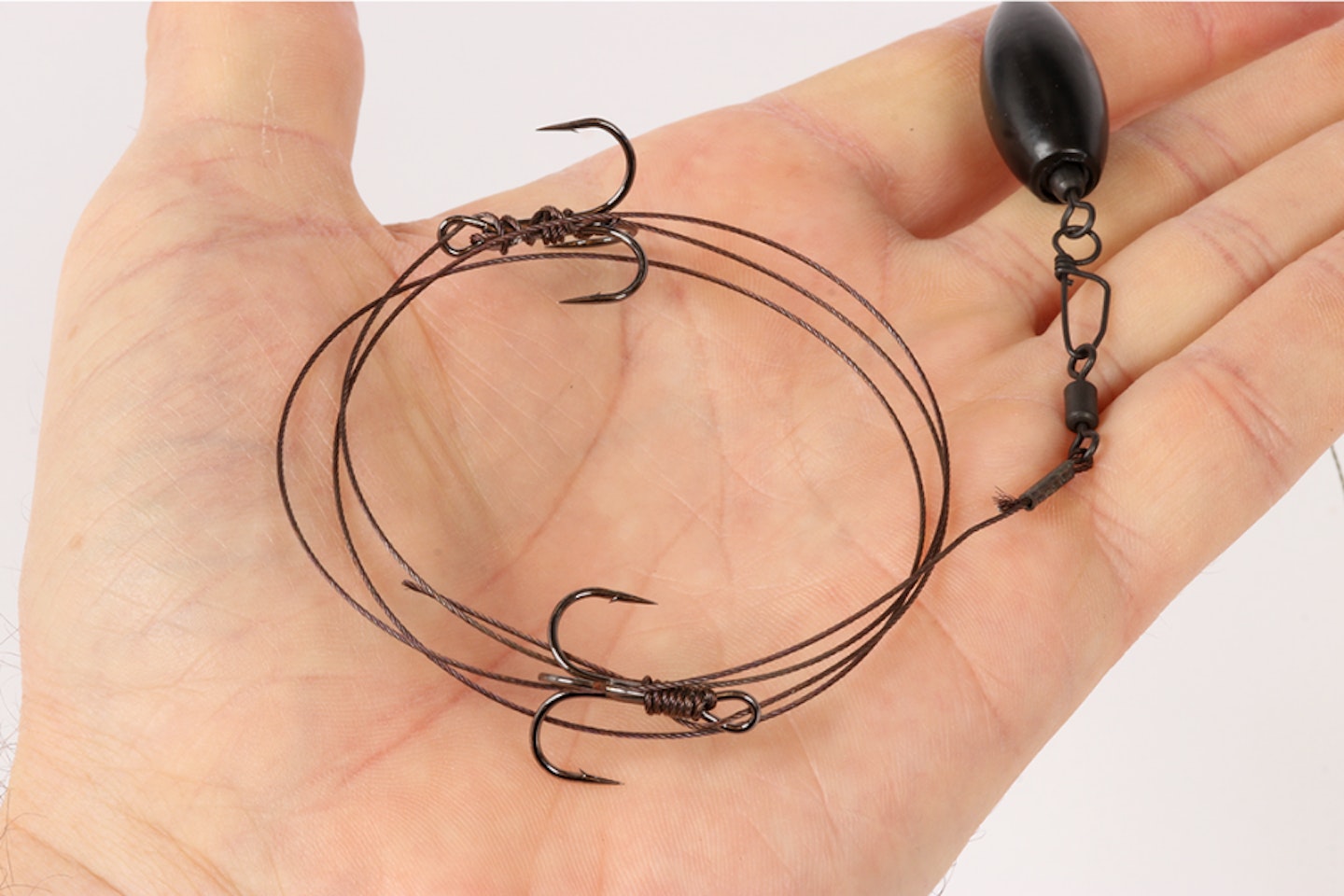
Complete the rig by attaching a semi-barbed pike trace to the safety link swivel.
Additional tips
Feather the Cast: Always feather the cast to ensure the rig settles on a tight line, preventing tangles and reducing the risk of bite-offs.
Avoid Snags: Choose swims with minimal weed to reduce the chances of snagging.
Adjust Depth: Continuously monitor and adjust the depth of the float as needed to ensure optimal sensitivity.
To ensure a highly effective pike float rig, use the smallest possible dumpy slider float for maximum sensitivity. Ensure the float weight is heavy enough to sink the float, and adjust the stop knots to achieve the desired depth. Finally, use a semi-barbed pike trace for safe and effective fishing. By following these guidelines, you can maximise your chances of success when targeting pike with this popular rig.
IF YOU PREFER TO LEGER A DEADBAIT FOR PIKE THEN THE BEST BITE ALARM AND RECEIVERS IS WHAT YOU NEED.

